E-commerce Growth Surge
The rapid expansion of e-commerce in South Korea is a primary driver for the commerce as-a-service market. With a projected growth rate of 20% annually, the e-commerce sector is increasingly adopting as-a-service models to enhance operational efficiency. This shift allows businesses to streamline their processes, reduce overhead costs, and improve customer experiences. The rise in online shopping, particularly among younger demographics, necessitates robust and flexible service solutions. As consumers demand faster delivery and personalized shopping experiences, companies are turning to commerce as-a-service providers to meet these expectations. The increasing penetration of smartphones and internet connectivity further fuels this trend, making it imperative for businesses to adapt to the evolving landscape. Consequently, the commerce as-a-service market is positioned to benefit significantly from this e-commerce growth surge in South Korea.
Technological Advancements
Technological innovations play a crucial role in shaping the commerce as-a-service market. The integration of advanced technologies such as cloud computing, big data analytics, and machine learning enables businesses to optimize their operations and enhance customer engagement. In South Korea, the adoption of these technologies is accelerating, with a reported increase of 30% in cloud service usage among enterprises. This trend indicates a growing reliance on scalable and flexible solutions that commerce as-a-service providers offer. Furthermore, the ability to analyze consumer behavior and preferences through data analytics allows businesses to tailor their offerings, thereby improving customer satisfaction. As technology continues to evolve, the commerce as-a-service market is likely to see increased demand for innovative solutions that can keep pace with the changing needs of businesses and consumers alike.
Regulatory Support and Incentives
Government policies and regulatory frameworks in South Korea are increasingly supportive of the commerce as-a-service market. Initiatives aimed at promoting digital transformation and innovation are encouraging businesses to adopt as-a-service models. For instance, the South Korean government has allocated approximately $1 billion to support small and medium-sized enterprises (SMEs) in their digitalization efforts. This funding is expected to drive the adoption of commerce as-a-service solutions, enabling SMEs to compete more effectively in the digital economy. Additionally, regulatory measures that facilitate data sharing and interoperability among platforms are likely to enhance the attractiveness of commerce as-a-service offerings. As businesses navigate the complexities of compliance and data protection, the support from regulatory bodies is crucial in fostering a conducive environment for growth in the commerce as-a-service market.
Consumer Demand for Personalization
The increasing consumer demand for personalized shopping experiences is a significant driver of the commerce as-a-service market. South Korean consumers are becoming more discerning, seeking tailored products and services that cater to their individual preferences. This trend is evident in the rise of personalized marketing strategies, which have shown to increase conversion rates by up to 25%. As businesses strive to meet these expectations, they are turning to commerce as-a-service providers for solutions that enable customization and targeted marketing. The ability to leverage data analytics and customer insights allows companies to create unique shopping experiences, thereby enhancing customer loyalty. Consequently, the commerce as-a-service market is likely to expand as businesses invest in technologies that facilitate personalization and improve customer engagement.
Competitive Pressure and Market Dynamics
The competitive landscape in South Korea is intensifying, driving businesses to seek innovative solutions to maintain their market position. The commerce as-a-service market is benefiting from this competitive pressure, as companies look for ways to differentiate themselves and enhance operational efficiency. With numerous players entering the e-commerce space, businesses are compelled to adopt agile and scalable solutions that can adapt to changing market conditions. The need for rapid deployment of services and the ability to pivot in response to consumer trends are critical factors influencing this shift. As a result, commerce as-a-service providers are increasingly viewed as essential partners in navigating the complexities of the market. This dynamic environment is likely to propel the growth of the commerce as-a-service market, as businesses prioritize flexibility and innovation to stay ahead of the competition.


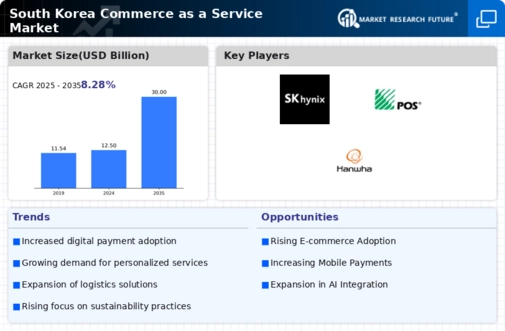
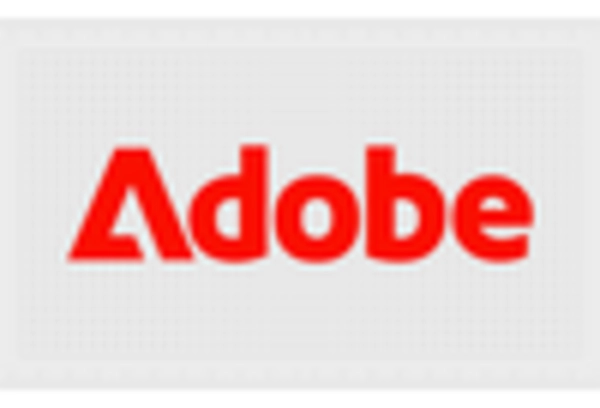
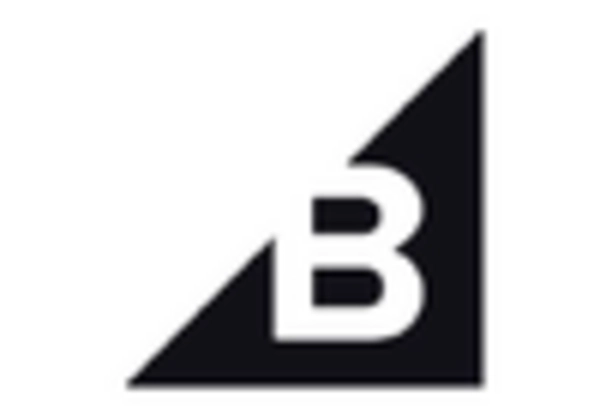
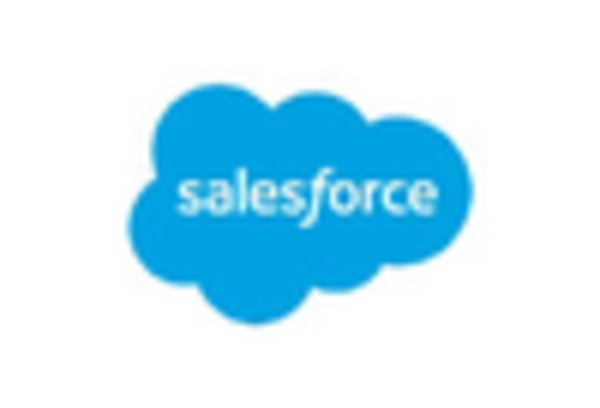
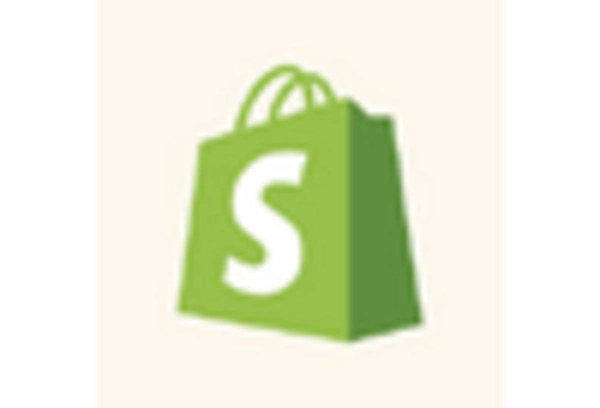

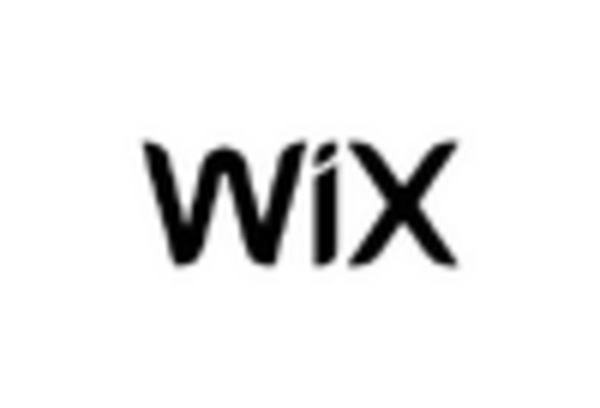








Leave a Comment